How to rent a tent and sleeping bag without turning camping into a nightmare
- Thursday, May 22, 2025, 19:38 (GMT+7)
How to rent a tent and sleeping bag without turning camping into a nightmare
Camping is more than just escaping to nature. It’s a test of preparation, especially when you don’t own the gear and need to rent a tent or sleeping bag. Renting is not as simple as picking an item and heading off. It requires understanding your destination, your needs, and the limitations of rental services, or one night outdoors could easily turn into an uncomfortable ordeal.
The first step is to identify where you're going. Will it be a mountain, a lakeside, a forest, or a beach? The climate and terrain determine nearly every aspect of what kind of tent or sleeping bag you should use. For instance, if you're camping in Da Lat or Ba Den Mountain during the colder months, avoid sleeping bags rated for 15 degrees and above. On the other hand, for coastal camping in the summer, an overly thick sleeping bag will make the night a sweaty struggle. Many first-time campers make the mistake of renting based on word-of-mouth recommendations without factoring in real conditions, only to spend the night shivering or tossing in discomfort.
Not all tents are created equal. Some are meant for solo campers, others for four people, but what looks roomy on paper might feel cramped once set up. For people taller than 175 centimeters, some tents don’t even allow sitting upright. Always ask to see the tent in person or at least real photos of it when set up. Avoid relying solely on descriptions like “spacious and comfortable,” because personal comfort is highly subjective. Ask about the tent frame. In windy regions such as sand dunes, highlands, or misty hills, you’ll need sturdy poles, tension ropes, and enough pegs to secure your tent firmly. Campers have often had to spend sleepless nights in tents that tilted or collapsed in the wind just because they didn’t check whether the necessary gear was complete.
A small yet critical detail is the tent floor. Cheaper models often have thin bases that absorb ground moisture or night dew, resulting in a damp, chilly sleep. Experienced campers in places like Nam Cat Tien or Muong Hoa Valley recommend placing an extra waterproof layer beneath the tent to keep things dry and warm. Some reputable rental services include ground tarps and insulation mats, but many only provide them upon request.
Sleeping bags need careful inspection too. Aside from the temperature rating, consider the material, dimensions, and design. Mummy-shaped bags retain heat better but can feel constricting for beginners, while rectangular ones are more spacious but less insulated. If you're tall, over 180 centimeters, confirm the bag's length. Some rentals only stock standard Asian sizes that can squeeze your feet and disturb sleep. One overlooked trick is bringing an inflatable neck pillow. It adds almost no weight but significantly improves sleep quality. Many backpackers have admitted this simple item helped them rest better than any extra blanket.
Don't forget to ask what comes with the rental. A complete camping set should ideally include a ground mat, tent light, mallet, ropes, and waterproof storage bags. Some campers have had to trek long distances in the dark because their tents lacked lighting. A headlamp is a great backup, it frees your hands and offers flexibility during midnight trips to find things or go to the bathroom.
Sanitation is another often-ignored issue. Renting outdoor gear isn’t just about saving money. Using a sleeping bag that smells of mildew or hasn’t been cleaned can ruin the entire experience. Ask how the gear is maintained. Professional places usually disinfect and seal bags in clean covers. If you have doubts, bring your own clean towel or liner to wrap inside the bag and feel safer sleeping in it.
The rental schedule matters too. Some providers only allow pickup early in the morning and demand returns by the next day, forcing campers to cut trips short or wake up early when they should be resting. Clarify the rental terms. Ask about late return fees. If your trip lasts several days, see if they offer discounted packages, daily rates for short rentals can be nearly double the price of a bundled deal.
One rarely mentioned but crucial tip is to practice pitching your tent before the trip. Even if it’s just in your backyard or on your rooftop, this hands-on test helps beginners avoid fumbling in the dark while trying to assemble the frame. A group of young campers at Dau Tieng Lake once spent nearly two hours putting up a tent just because they didn’t know how to attach the tension ropes while a drizzle and wind picked up around them.
Always pack a roll of duct tape and plastic zip ties. These small items can save the day in emergencies like ripped fabric, broken poles, or slipping fasteners. Keep a small pouch ready with essentials like lighters, dry towels, or medical tape. If your tent collapses or gear scatters in the dark, finding anything without a system becomes nearly impossible.
Choosing the right rental provider can make or break your camping experience. A professional supplier doesn’t just give you gear but helps you visualize your trip, guides you through potential issues, and offers peace of mind. Ask every question, inspect every detail, and don’t hesitate to spend a bit more for a night of warmth and safety under the stars. A good tent might not make a trip perfect, but a bad one will definitely ruin it. A night of peaceful sleep in the woods is not just about relaxation, it’s about safety, strength, and the energy to make every moment of the journey count.

 CHECKIN.VN
CHECKIN.VN

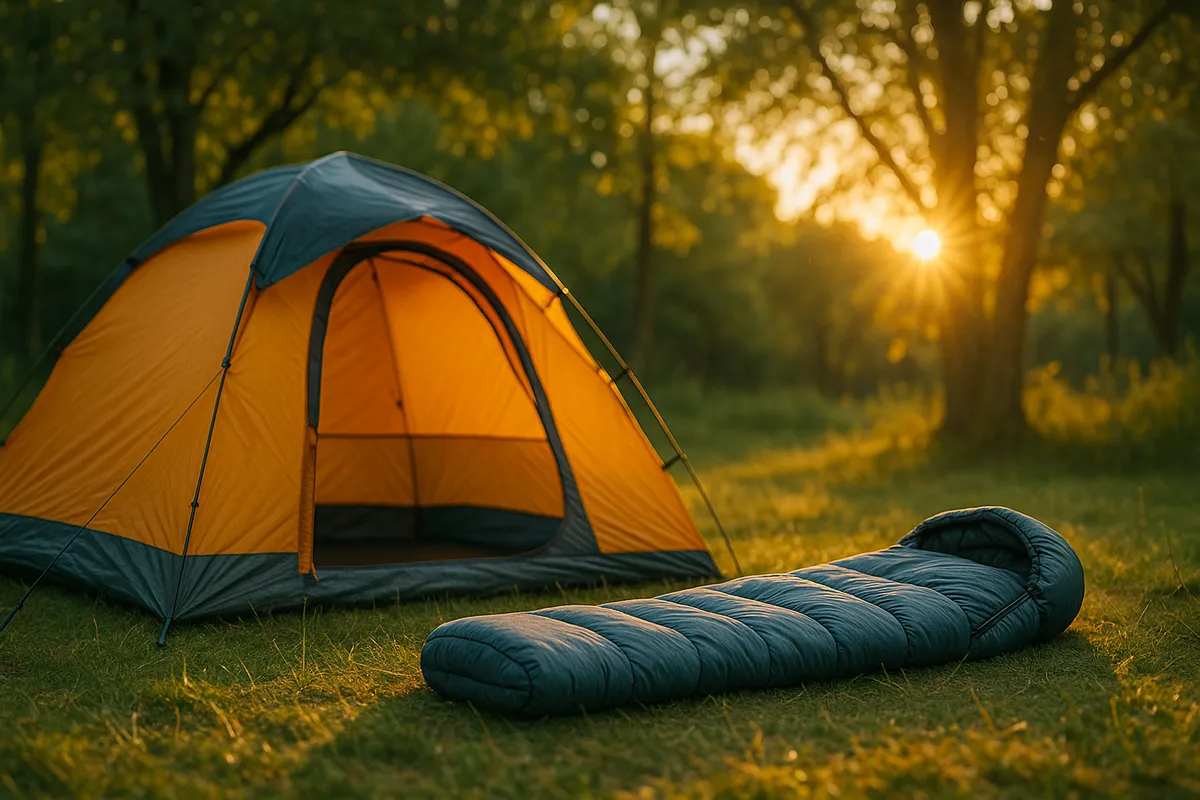
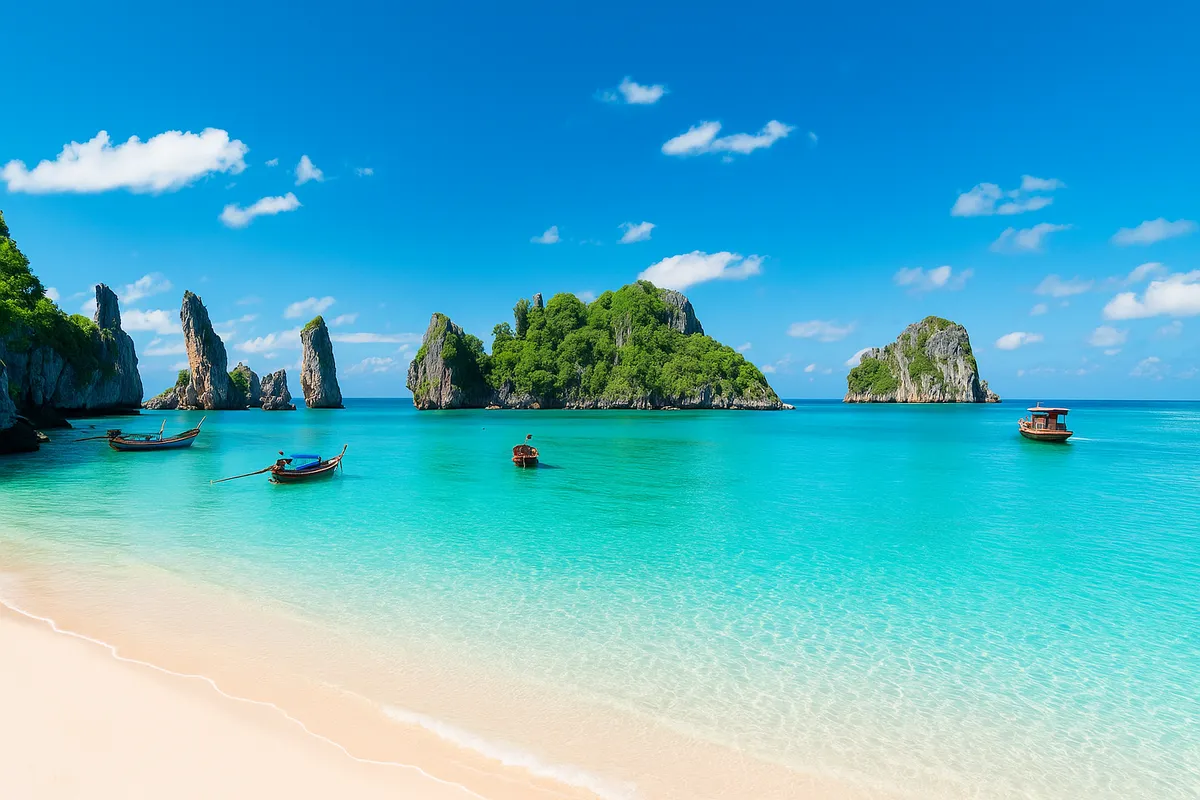
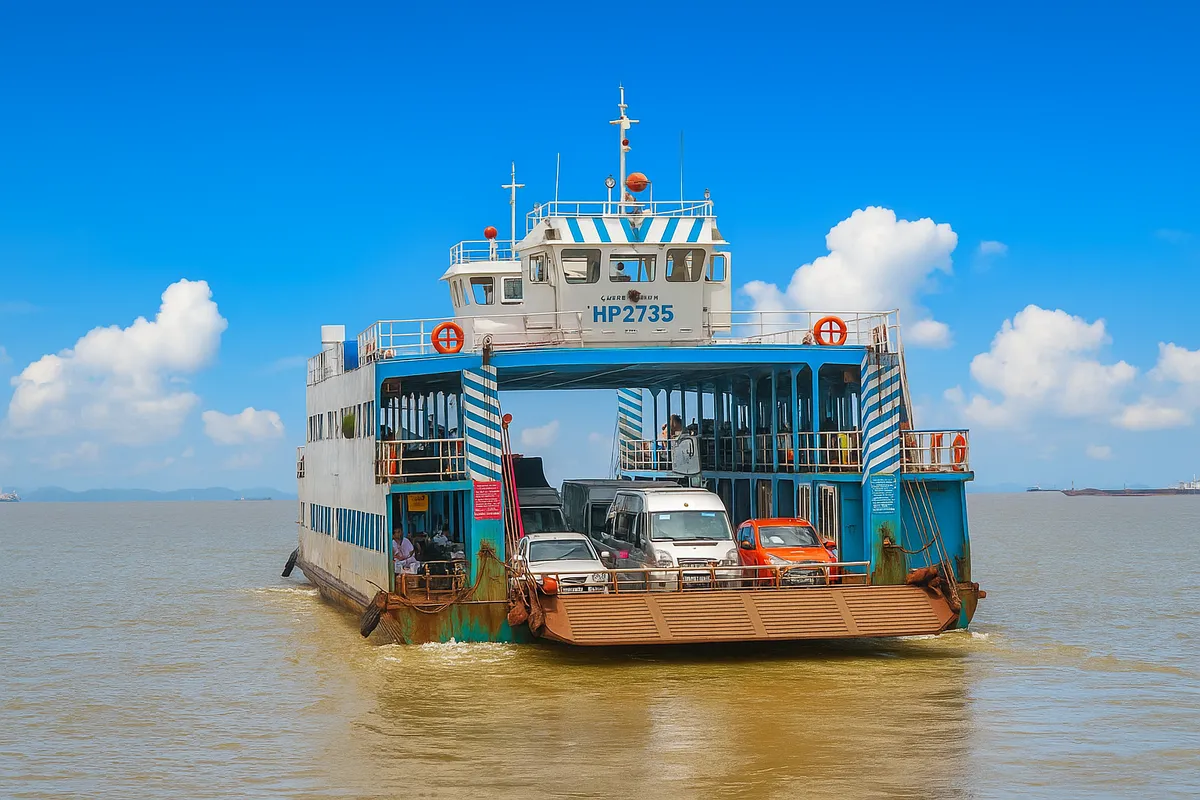
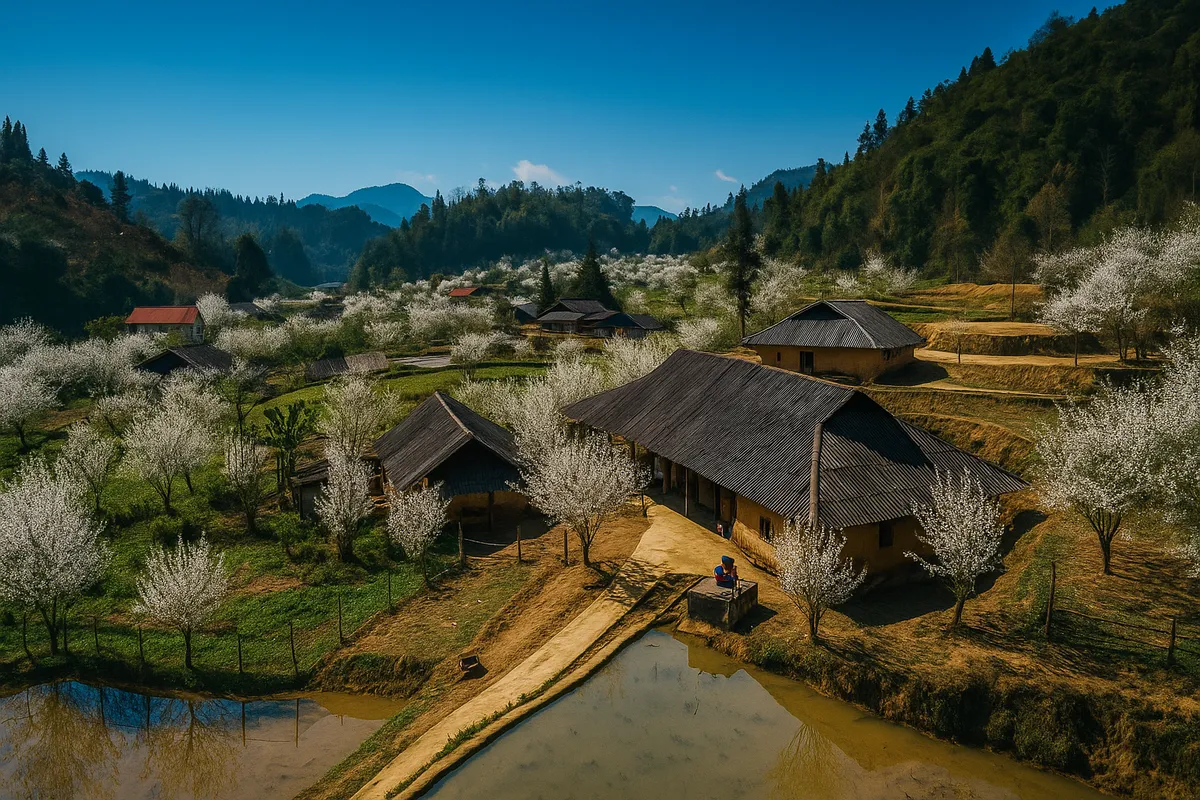

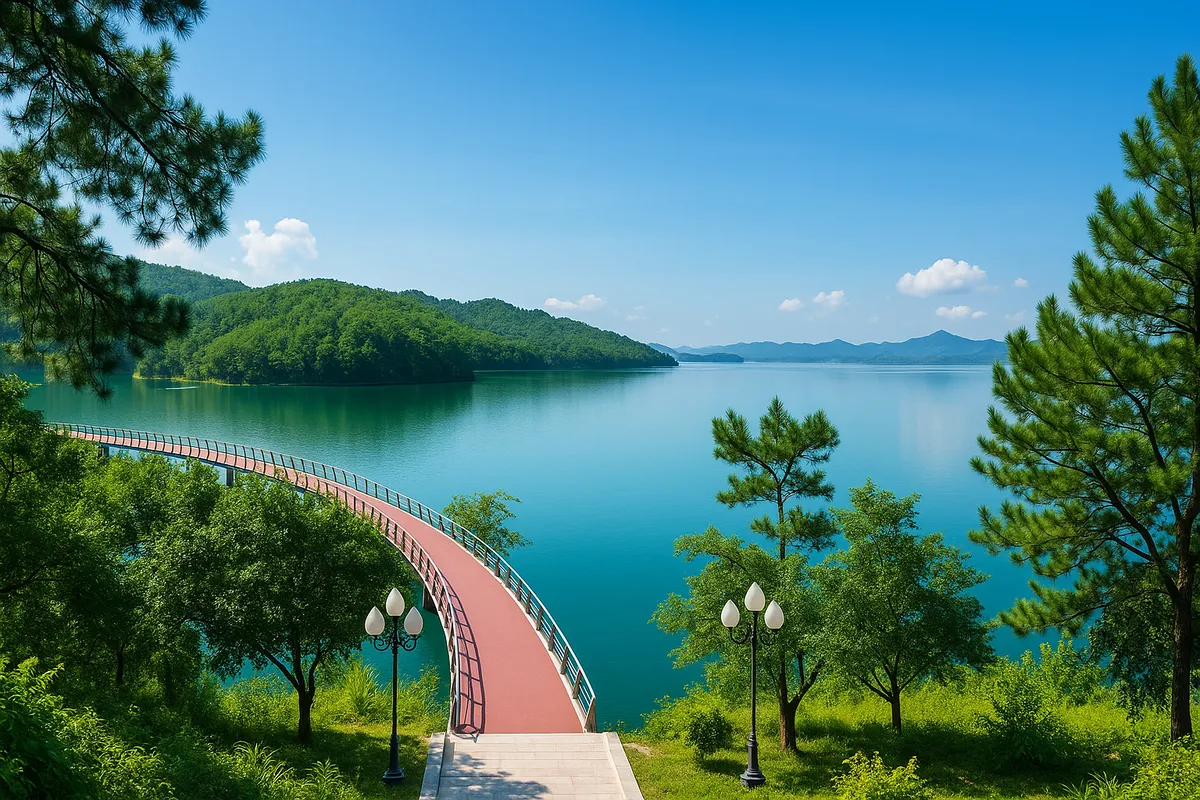

Share on